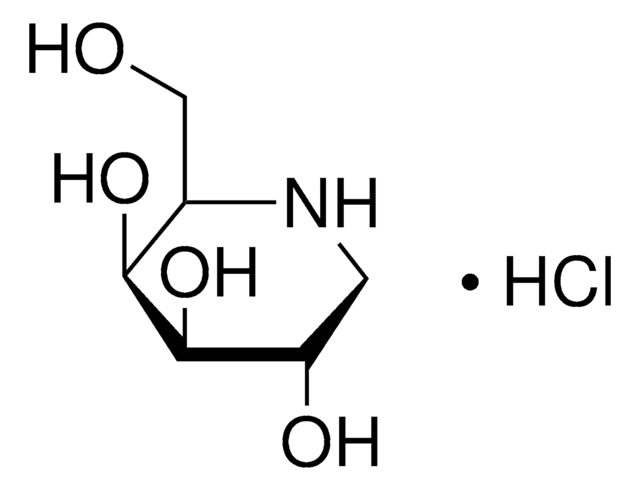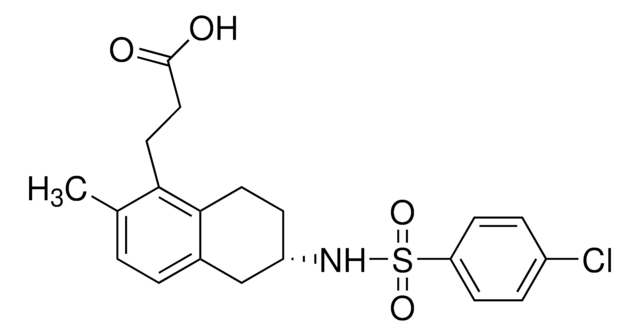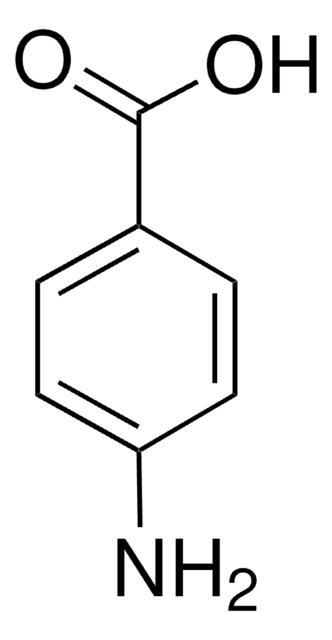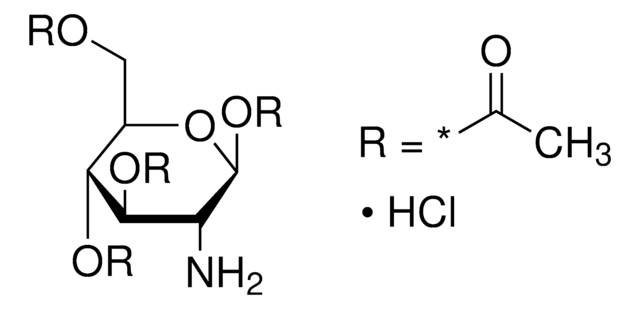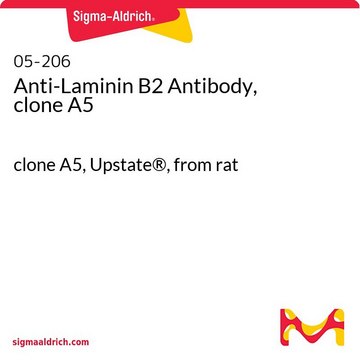D7441
Daltroban
>98% (HPLC)
Synonim(y):
4-[2-[(4-Chlorophenylsulfonyl)amino]ethyl]benzeneacetic acid, BM-13505, SKF-96148
About This Item
Polecane produkty
Poziom jakości
Próba
>98% (HPLC)
Postać
solid
kolor
white
mp
132.5-137.4 °C (lit.)
rozpuszczalność
DMSO: soluble 22 mg/mL
ciąg SMILES
OC(=O)Cc1ccc(CCNS(=O)(=O)c2ccc(Cl)cc2)cc1
InChI
1S/C16H16ClNO4S/c17-14-5-7-15(8-6-14)23(21,22)18-10-9-12-1-3-13(4-2-12)11-16(19)20/h1-8,18H,9-11H2,(H,19,20)
Klucz InChI
IULOBWFWYDMECP-UHFFFAOYSA-N
informacje o genach
human ... TBXA2R(6915)
Opis ogólny
Działania biochem./fizjol.
Cechy i korzyści
Hasło ostrzegawcze
Warning
Zwroty wskazujące rodzaj zagrożenia
Zwroty wskazujące środki ostrożności
Klasyfikacja zagrożeń
Eye Irrit. 2 - Skin Irrit. 2 - STOT SE 3
Organy docelowe
Respiratory system
Kod klasy składowania
11 - Combustible Solids
Klasa zagrożenia wodnego (WGK)
WGK 3
Temperatura zapłonu (°F)
Not applicable
Temperatura zapłonu (°C)
Not applicable
Środki ochrony indywidualnej
dust mask type N95 (US), Eyeshields, Gloves
Certyfikaty analizy (CoA)
Poszukaj Certyfikaty analizy (CoA), wpisując numer partii/serii produktów. Numery serii i partii można znaleźć na etykiecie produktu po słowach „seria” lub „partia”.
Masz już ten produkt?
Dokumenty związane z niedawno zakupionymi produktami zostały zamieszczone w Bibliotece dokumentów.
Nasz zespół naukowców ma doświadczenie we wszystkich obszarach badań, w tym w naukach przyrodniczych, materiałoznawstwie, syntezie chemicznej, chromatografii, analityce i wielu innych dziedzinach.
Skontaktuj się z zespołem ds. pomocy technicznej